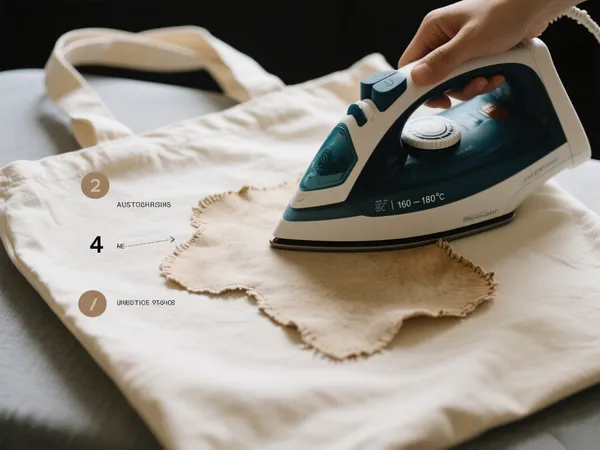Dans un monde où les accessoires sont produits en masse, se démarquer n'a jamais été aussi important. L'une des façons les plus simples et créatives d'ajouter de la personnalité à vos accessoires du quotidien est d'utiliser patchs sur votre sac à dosQue vous vous rendiez à l'école, que vous fassiez une randonnée sur un sentier ou que vous vous rendiez au travail, un sac à dos patch vous permet d'exprimer votre style unique, de raconter votre histoire ou simplement d'ajouter du style à un article basique.
Cet article de blog explore comment choisir, appliquer et entretenir patchs de sac à dos personnalisés, including patchs thermocollants pour sacs à dos, et comment ils peuvent améliorer à la fois l’esthétique et la fonctionnalité.
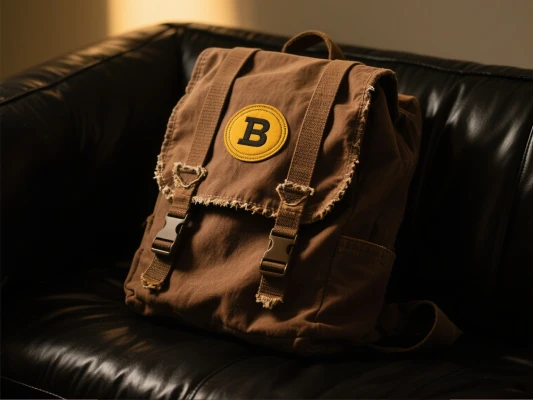
Pourquoi utiliser des patchs sur un sac à dos ?
Les patchs sont de véritables mini-déclarations : ils évoquent votre identité, vos loisirs, vos affiliations ou votre sens de l'humour. Des scouts aux skateurs, des voyageurs aux militants, les patchs sont depuis longtemps utilisés pour afficher valeurs, réussites et créativité.
Voici quelques raisons courantes pour lesquelles les gens personnalisent un sac à dos patch:
- Expression personnelle:Ajoutez des patchs qui représentent vos groupes préférés, vos opinions politiques, vos destinations de voyage ou vos passe-temps.
- Image de marque ou unité d'équipe:Les écoles, les équipes sportives ou les entreprises créent souvent des patchs personnalisés pour les sacs à dos d'équipe.
- Fonctionnalité et réparation:Un patch peut renforcer ou recouvrir les zones usées, donnant ainsi une seconde vie à votre sac à dos.
- Mise à niveau esthétique:Transformez un sac à dos basique ou ennuyeux en une pièce élégante avec seulement quelques patchs bien placés.
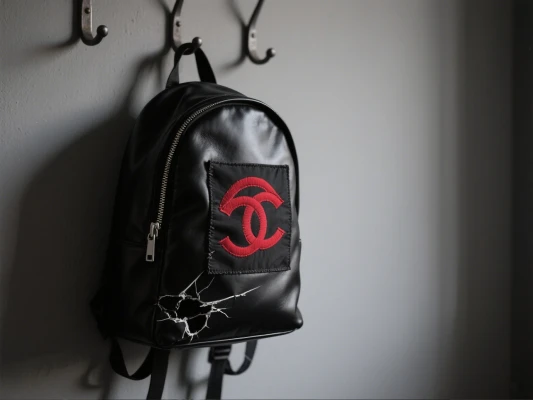
Types de patchs pour sacs à dos
Lorsqu'il s'agit d'appliquer des patchs sur des sacs à dos, vous avez le choix entre plusieurs styles et matériaux :
1. Patchs thermocollants pour sacs à dos
Voici quelques-unes des options les plus populaires et les plus faciles à utiliser. Elles sont dotées d'un adhésif thermo-activable au dos, permettant de les fixer à l'aide d'un fer à repasser. Patchs thermocollants pour sacs à dos sont parfaits pour les surfaces en tissu comme la toile ou les mélanges de coton.
Avantages:
- Facile à appliquer
- Aucune couture nécessaire
- Durable s'il est correctement appliqué
Inconvénients:
- Pas idéal pour les matières synthétiques comme le nylon ou les tissus imperméables
- Peut se décoller avec le temps ou des lavages répétés s'il n'est pas pressé à chaud correctement
2. Patchs à coudre
Ces patchs sont cousus sur le sac à dos, à la main ou à la machine. Ils offrent une solution permanente et peuvent être appliqués sur presque tous les matériaux.
Avantages:
- Extrêmement durable
- Ne dépend pas de l'adhésif
- Peut être retiré ou remplacé facilement
Inconvénients:
- Nécessite des compétences de base en couture
- Prend plus de temps à appliquer
3. Patchs Velcro ou auto-agrippants
Ils permettent un retrait et une interchangeabilité faciles. Ils sont particulièrement appréciés dans les sacs à dos tactiques ou militaires.
Avantages:
- Changez facilement de patch en fonction de votre humeur ou de votre objectif
- Application et retrait rapides
- Aucune couture ni repassage nécessaire
Inconvénients:
- Nécessite une base Velcro sur le sac à dos
- Peut ne pas être aussi sécurisé pour les environnements à usage intensif
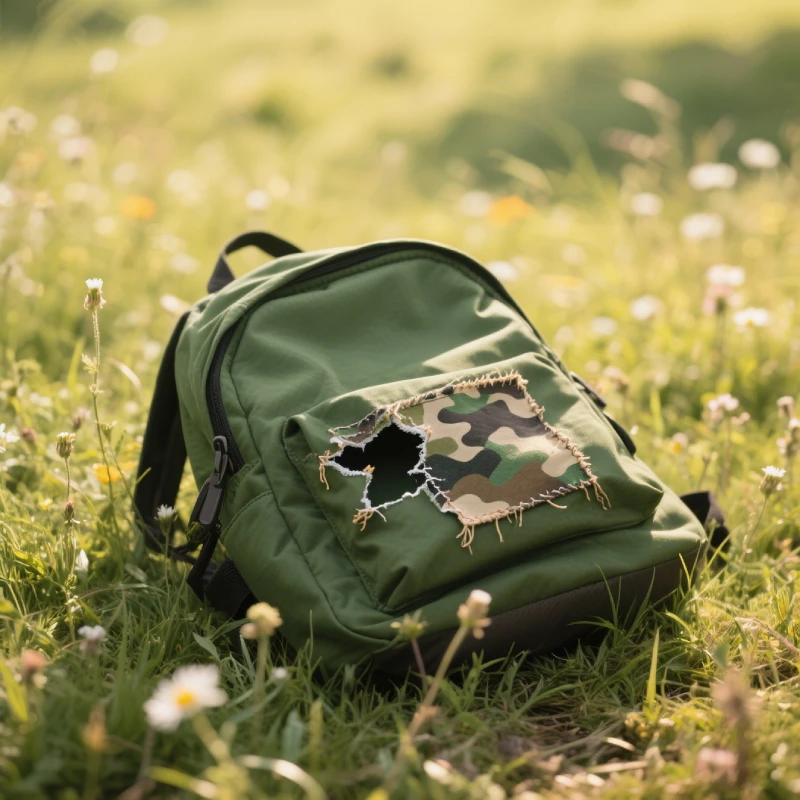
Comment appliquer des patchs thermocollants sur un sac à dos
Si vous utilisez patchs thermocollants pour sacs à dos, suivez ces étapes simples pour de meilleurs résultats :
- Nettoyer la surface: Assurez-vous que la zone est sèche et exempte de poussière ou d’huile.
- Positionnez votre patch: Décidez où vous souhaitez le placer. Vous pouvez utiliser de la craie ou un crayon à tissu pour marquer l'emplacement.
- Chauffez votre fer: Réglez-le sur le réglage coton et assurez-vous que la vapeur est éteinte.
- Utiliser un chiffon de presse: Placez un chiffon ou du papier sulfurisé sur le patch pour le protéger.
- Appuyez fermement:Appliquez le fer pendant 30 à 45 secondes en appuyant uniformément sur la zone.
- Complètement cool: Laissez le patch reposer et refroidir avant de déplacer ou d'utiliser le sac à dos.
Pour une durabilité accrue, en particulier sur les zones à forte friction, pensez à coudre sur les bords après le repassage.
Idées créatives pour votre sac à dos Patch
Si vous ne savez pas par où commencer, voici quelques idées créatives pour inspirer votre conception :
- Badges de voyage:Collectez et repassez des patchs provenant des endroits que vous avez visités.
- Patchs sur le thème des loisirs:Ajoutez des correctifs liés à la musique, aux jeux, aux livres ou aux sports.
- Citations inspirantes:Cousez des patchs avec des messages qui élèvent ou inspirent.
- Styles saisonniers:Utilisez des patchs Velcro pour changer de design pour l'été, l'automne, les vacances, etc.
- Minimalist Designs:Un grand patch de déclaration sur le panneau arrière pour un look élégant et moderne.
Prendre soin de votre sac à dos rapiécé
Une fois vos patchs en place, il est important de prendre soin de votre sac à dos pour conserver l'apparence et l'adhérence des patchs.
- Évitez les lavages excessifs: Nettoyez les taches sur votre sac à dos dès que possible pour réduire l'usure des patchs.
- Séchage à l'air libre:Si vous devez le laver, utilisez de l’eau froide et laissez-le sécher à l’air libre : la chaleur des sèche-linge peut desserrer les adhésifs.
- Renforcer au fil du temps:Si un patch thermocollant commence à se décoller, vous pouvez le refermer avec un fer à repasser ou le coudre pour plus de résistance.
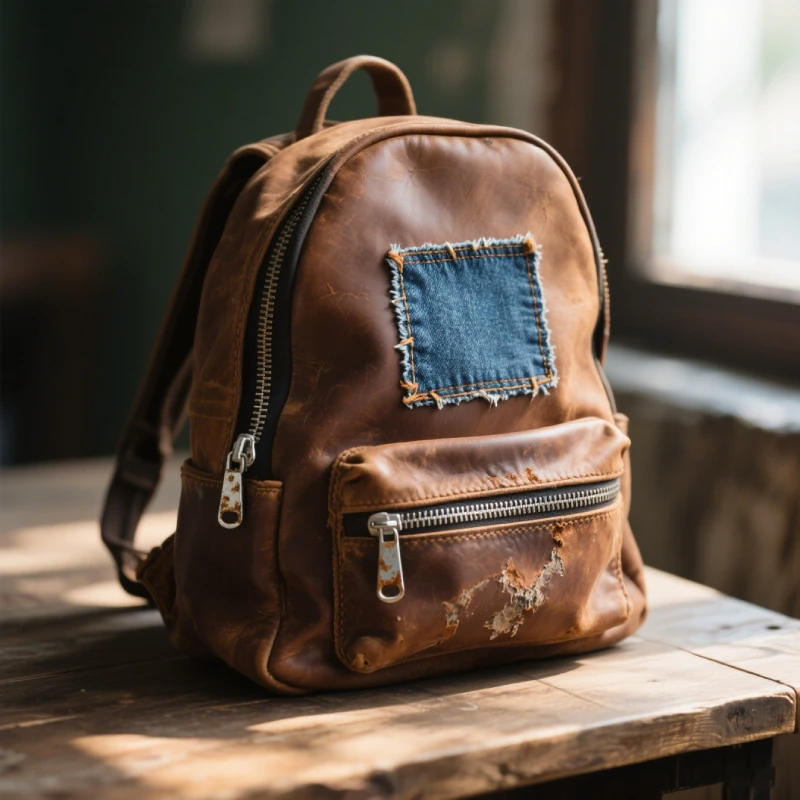
Conclusion
Ajouter des patchs à votre sac à dos n'est pas seulement une question de style : c'est une question d'identité, d'utilité et de liberté créative. Que vous utilisiez patchs thermocollants pour sacs à dos pour une personnalisation DIY facile, en optant pour des motifs cousus permanents ou en optant pour la voie du Velcro pour un plaisir de mélange et d'association, un sac à dos patch est une toile pour votre expression personnelle.
Alors, prenez quelques patchs, planifiez votre aménagement et donnez à votre sac à dos une personnalité unique qui vous accompagne partout où vous allez.


